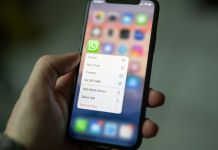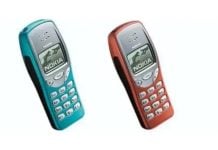Based on our previous Throwback Tech Thursday‘s voting results, the Nokia N95 has topped the list. So now, lets revisit the device that some considered to be the peak of Symbian and also one of the best early smartphone.
What made it Special?
One of the things that made the N95 stand out was that it was packed to the brim with features. The device first launched back in March 2007 and did almost everything that modern smartphones are capable of. While this was also the year that the original iPhone had released, it only turned heads with its full touchscreen design and interface. On the other hand, the N95 launched with a whole suit of features like video recording games library, and more.
The Nokia N95 is also quite memorable as a camera phone as well, with its 5 megapixel sensor with Carl Zeiss Tessar lens offering picture quality that trampled over most of its rivals. Notably, it could even record “DVD quality” video with VGA recordings at 30fps. While this might not seem impressive, only a handful of phones back then were even capable of this feature. Similar to the Nokia 6600, the N95 was a powerhouse in its time and could run 3D games from the N-Gage mobile gaming services. Keep in mind, the iPhone didn’t even have an App Store till a year after its launch, so it was clearly ahead of the curve back then.
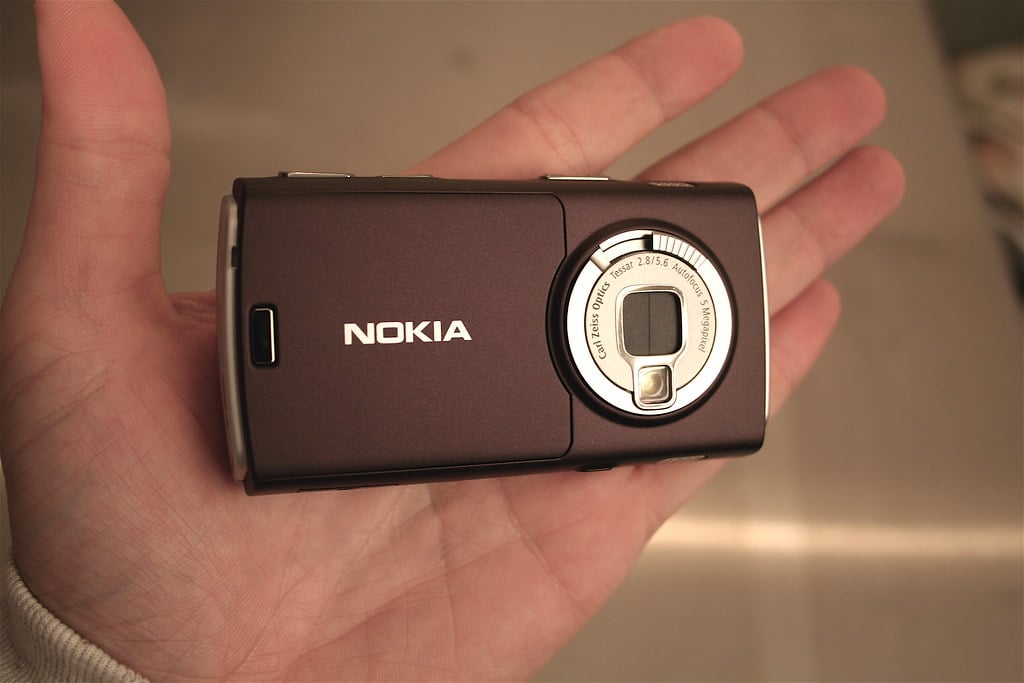
Another major aspect that had it stand out was a selfie camera. Even in the early days of Android smartphones, there were some models that skipped the front camera entirely, so a Symbian phone featuring this technology also showcased how much effort and features the Finnish brand put into the device, and we haven’t even gotten to the slider part yet. Remember iPods, well modern smartphones have basically killed the need for a separate media player, but iPods were still a thing back then and existed alongside the iPhone. But this handset also had dedicated media control buttons that appeared by sliding down, meaning, you didn’t have to buy a separate media player.
Impact & Future Influence
As we mentioned above, the mobile industry was abuzz after its launch. The Nokia N95 was a huge success when it released in most regions. The company managed to sell over 7 million units by the end of 2007. Furthermore, it launched a new 8GB variant in the first quarter of 2008, which also saw 3 million sales. While this doesn’t compare to the behemoth sales of the 6600 over its lifetime, it still managed to outpace everyone of its competitors at the time. It was even crowned as the “best smartphone ever” by AllAboutSymbian.
Some of its features even went on to become industry staples. Always On Display, a feature beloved by many smartphone users today, is something that also made an early appearance with the N95. It even offered wired connections that allowed users to play movies on TVs from the mobile phone itself. Back in 2020, it was revealed that the company was also working on a new N95 model, however, the modern day reboot was never officially launched. This device would’ve also featured the iconic slider design, but for large stereo speakers rather than dedicated media buttons.
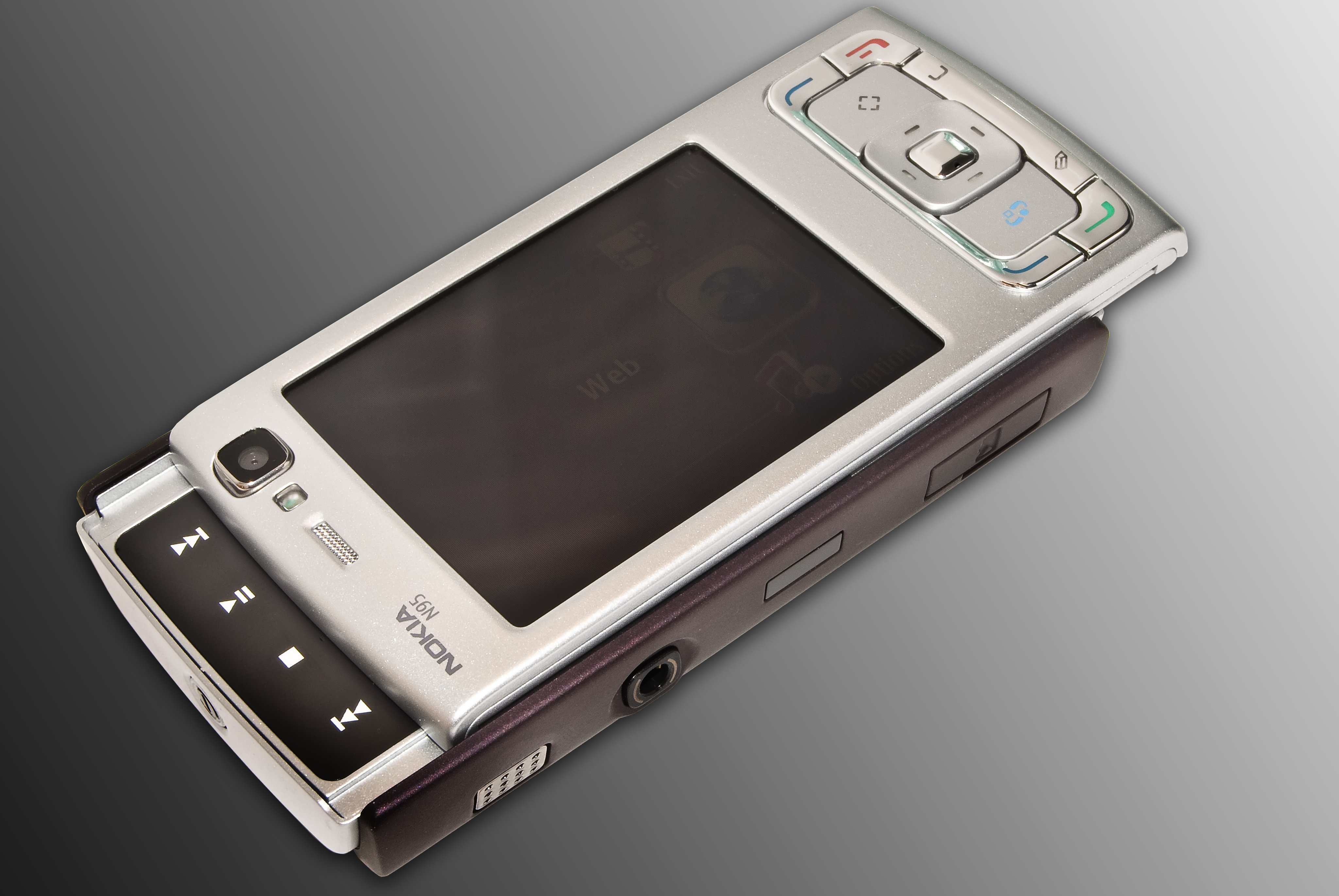
Unfortunately, while the phone holds fond memories for many, it is also referred to as the peak of Symbian before its decline. The iPhone with its radical all touchscreen interface and design soon managed to become a market leader and cause a shift in the industry. Additionally, Symbian and Nokia’s dominance slowly started declining after its launch. But the N95 was an undoubtedly impactful device, with modern day features having roots within the phone that is more than a decade old.
Design, Specs, & Price
Just like its predecessors, the N95 featured an iconic design that is immediately recognizable just like the 6600 owing to its popularity at the time. It was a slider phone that offered users two functionalities. Sliding up would reveal the keypad, while sliding down put the device into media mode with dedicated buttons. It also featured its traditional square like orientation for its buttons just under the display, which was a norm for the brand back then.
Talking about its specifications, it housed a 332 MHz Dual ARM 11 CPU, which was paired with up to 8GB of internal storage and 128MB of RAM. The device ran on Symbian OS 9.2 and was powered by a 1,200mAh battery pack (950mAh on the non-8GB variant). It was also one of the first devices to feature an Accelerometer, which was used to wake the device when being shaken and for some games too. Other features include GPS navigation, which again was an impressive feature back then, along with a 3.5mm headphone jack as well.
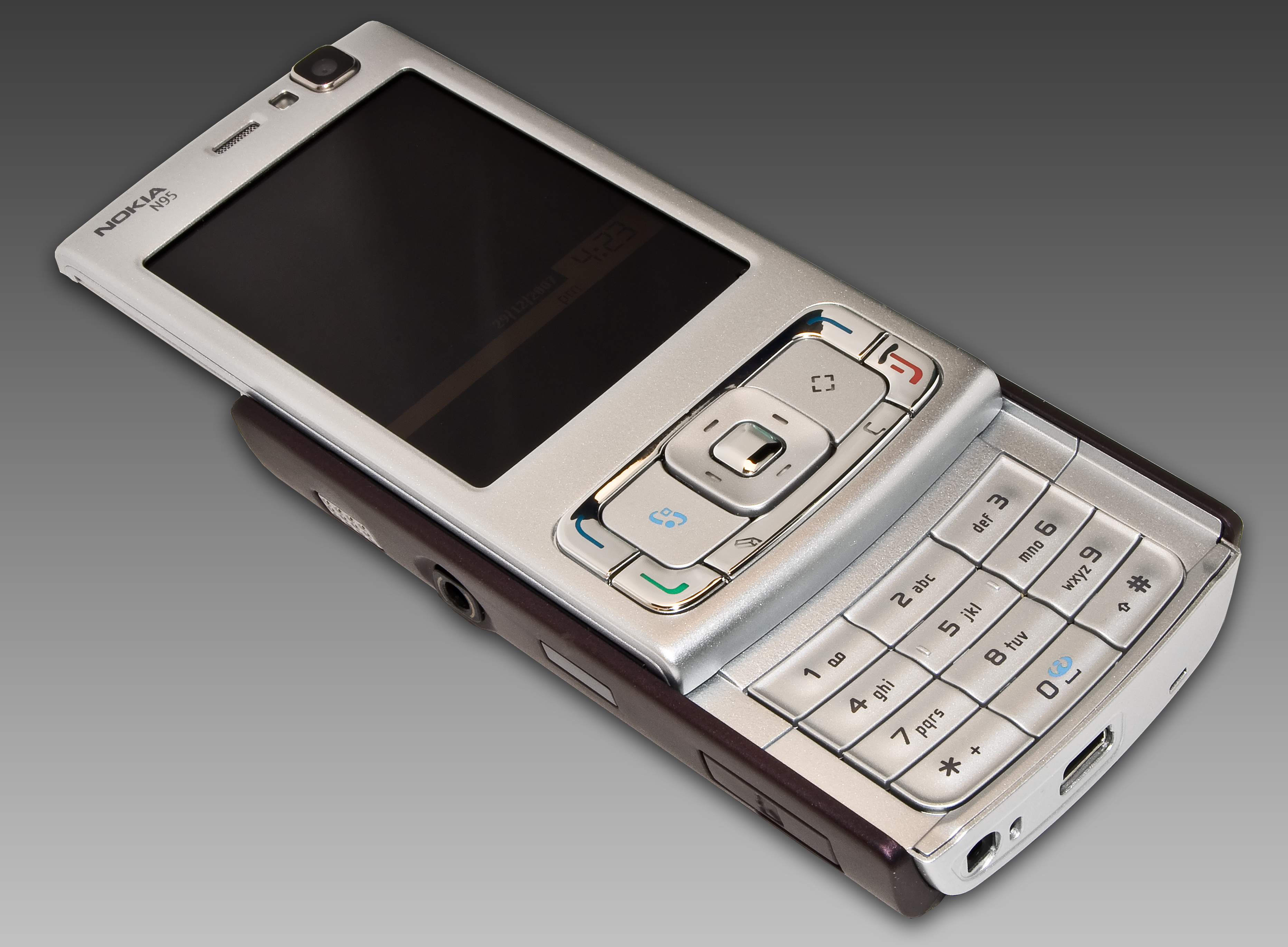
It sported a 2.8 inch TFT display with 240 x 320 pixel resolution and a 4:3 aspect ratio. Thanks to its PowerVR MBX GPU, the device could also run Quake III, Asphalt 3 or FIFA 2007, and even display it on the TV. The Nokia N95 first launched for a price of 550 Euros or around 730 US Dollars back then. This is a steep price tag even by today’s standards, but it was a premium grade high end handset.
We noticed a number of our readers shared their thoughts on the 6600 Throwback from last week, so we’d love to hear more from those that used the N95 as well in the comments section down below.
[yop_poll id=”102″]Previous Throwback Tech Thursday Coverage:
- Throwback Tech Thursday: Revisiting the Pocket PC, Nokia 6600
- Tech Throwback Thursday: How Google’s Modular Smartphone Dream Was Killed
- Throwback Tech Thursday: We Revisit Xiaomi’s First Smartphone Launched 8 Years Ago, the Xiaomi Mi 1
- Throwback Tech Thursday: We Revisit Nokia 9210 Communicator, the phone that could send & receive FAX
- Throwback Tech Thursday: We Revisit Nokia 9210 Communicator, the phone that could send & receive FAX

